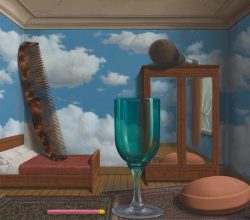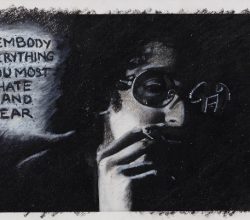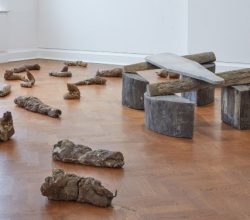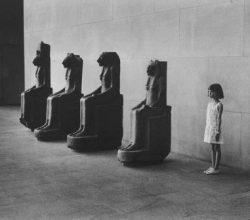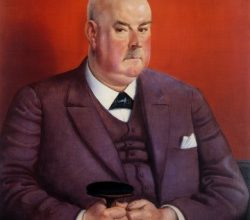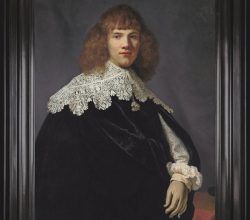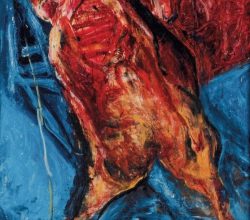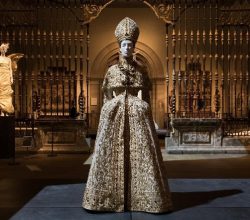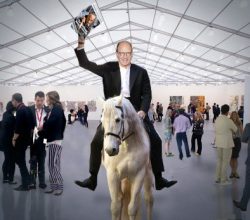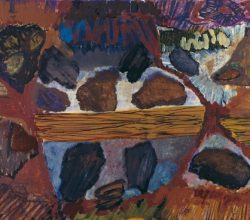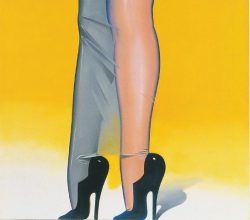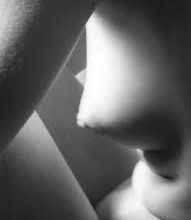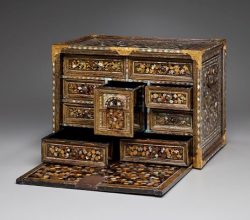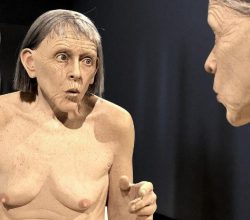
The Hyperreal Meets The Slightly Unreal At Met Breuer ‘Life Like’ Exhibition
Adam Lehrer | Forbes | 3rd May 2018
New York’s Met is focused on the historical but wants the crowds that contemporary art attracts. A current show combines the two. One critic is appalled – “politics by other means … indifference to distinctions of high and low art.” More, however, side with the writer: “a marvel … it’s disarmingly appealing to indulge in a show that is so rooted in pure aesthetic”.

